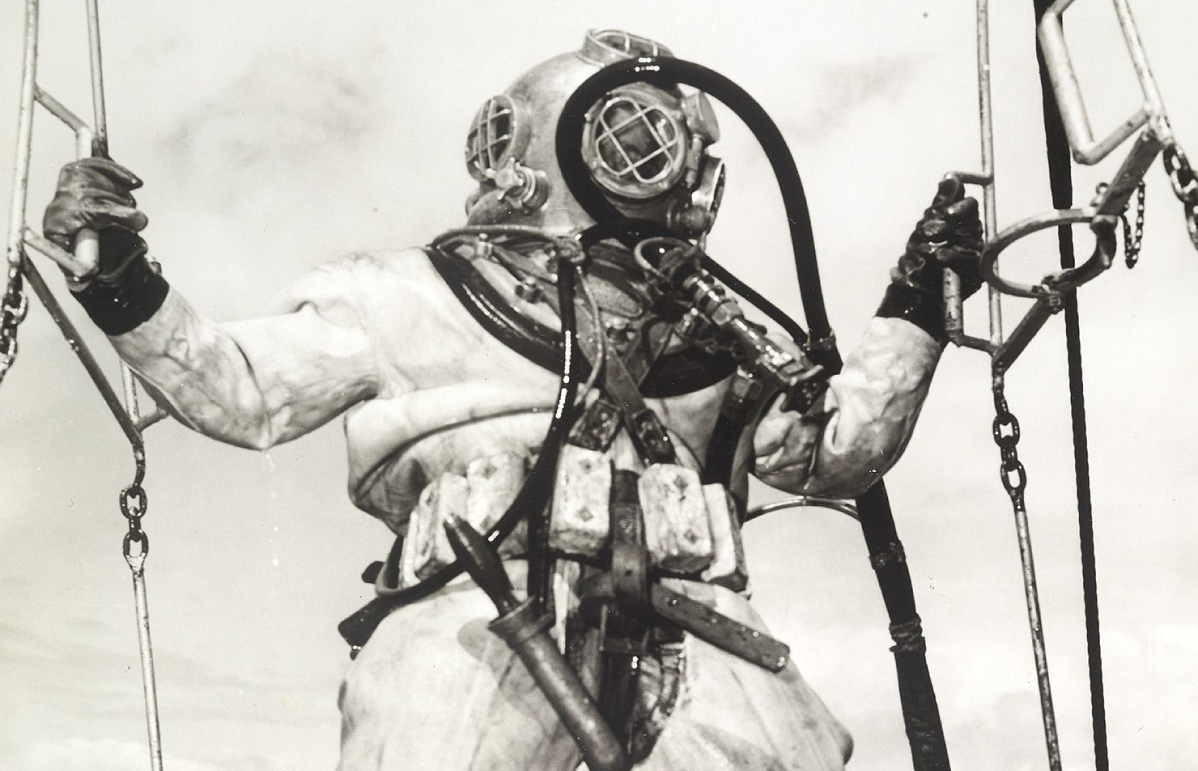Our talented team of Museum educators are committed to providing an engaging experience that brings SOL-related content to life for your students. We bring passion and energy to each program to ensure the highest level of impact and retention. To learn more about this program, click on one of the format options listed below.
Choose your experience:
Duration: 75 minutes
Earth is 71% water, and yet only a relatively small portion of the world’s waters have been explored. Scientists and explorers around the world are discovering more each day, utilizing special technology to reach the deepest depths of the ocean. During the program, students will discover the layers of the ocean, learn how humans explore the deep, and examine how adaptations play a role in animal survival. Students will also create their own submersible design, along with playing an animal guessing game with sounds.
Duration: 75 minutes
Earth is 71% water, and yet only a relatively small portion of the world’s waters have been explored. Scientists and explorers around the world are discovering more each day, utilizing special technology to reach the deepest depths of the ocean. During the program, students will discover the layers of the ocean, learn how humans explore the deep, and examine how adaptations play a role in animal survival. Students will also create their own submersible design, along with playing an animal guessing game with sounds.
Duration: 45 minutes
Earth is 71% water, and yet only a relatively small portion of the world’s waters have been explored. Scientists and explorers around the world are discovering more each day, utilizing special technology to reach the deepest depths of the ocean. During the program, students will discover the different layers of the ocean, examine where animals and plants live, and how animals communicate. They will identify how deep ocean animals have survived and thrived in harsh conditions through adaptations. Students will also dive into how humans have explored the ocean and end with a guessing game of marine animal sounds.
Most of our virtual education programs are scheduled through ZOOM Cloud-based video conferencing. ZOOM is free to use and requires minimal equipment. For more information, please visit: https://zoom.us/
Learning Objectives
Students will have a better understanding of:
- How the physical condition of the ocean supports diversity in life,
- How animals and plants have developed special adaptations (over time) to help them survive in what humans consider inhospitable conditions,
- That the ocean is largely unexplored, but we can continue to learn more about it in the present and future through the use of special technologies, such as ROVs, AUVs, and HOVs, and
- Why sound is important for communication and survival to ocean-dwelling animals.
Science (VDOE 2018):
- Elementary: 4.1 (c,d), 4.2, 4.3, 4.7; 5.1 (c,d), 5.5; 5.6; 5.8 (a,b,d)
- Middle: 6.1 (c,d), 6.6 (b,e), 6.9 (a,c,e), LS.1 (c,d), LS.4, LS.5, LS.6, LS.7, LS.9, LS.11 (a,c), PS.6, PS.7
Next Generation Science Standard:
- Elementary: 4-PS3-2, 4-LS1-1, 4-ESS2-2, 5-ESS2-1, 5-ESS3-1
- Middle: MS-ESS2-4, MS-LS2-1, MS-ESS2-6
Principles of Ocean Literacy:
- 1) Earth has one big ocean with many features
- 5) The ocean supports diversity
- 6) The ocean and humans are inextricably connected
- 7) The ocean is largely unexplored
Pricing:
Payment can be made before the program, or we can invoice following your program.
- Programs at the Museum are $4.50 per student.
All adults accompanying a field trip are free. - Programs at your location are $4.50 per student.
- Virtual education programs are $125 per program.
Reservations are required for all programs and are booked on a first-come, first-served basis. Programs fill quickly in the fall and spring, so make your reservations a minimum of two weeks in advance.
Need some questions answered?
Our team is happy to answer any questions you may have, or recommend the best program for your class.
Call or email our Education team:
[email protected]
(757) 591-7745





